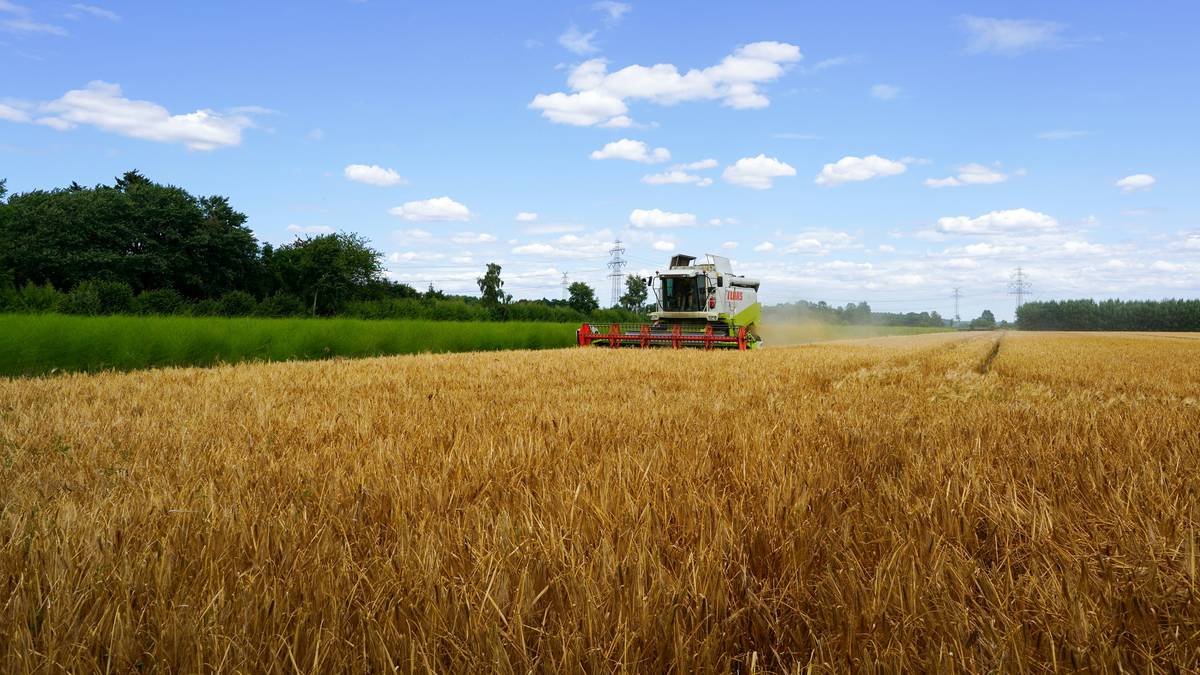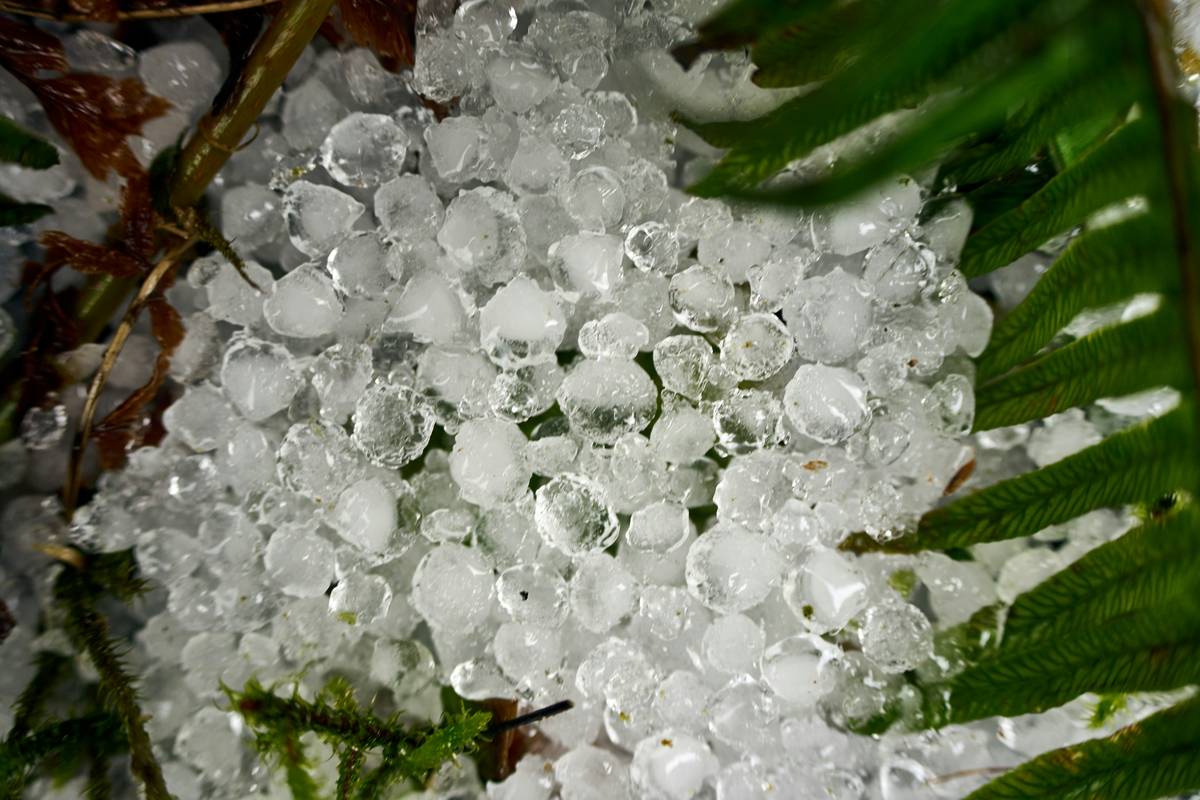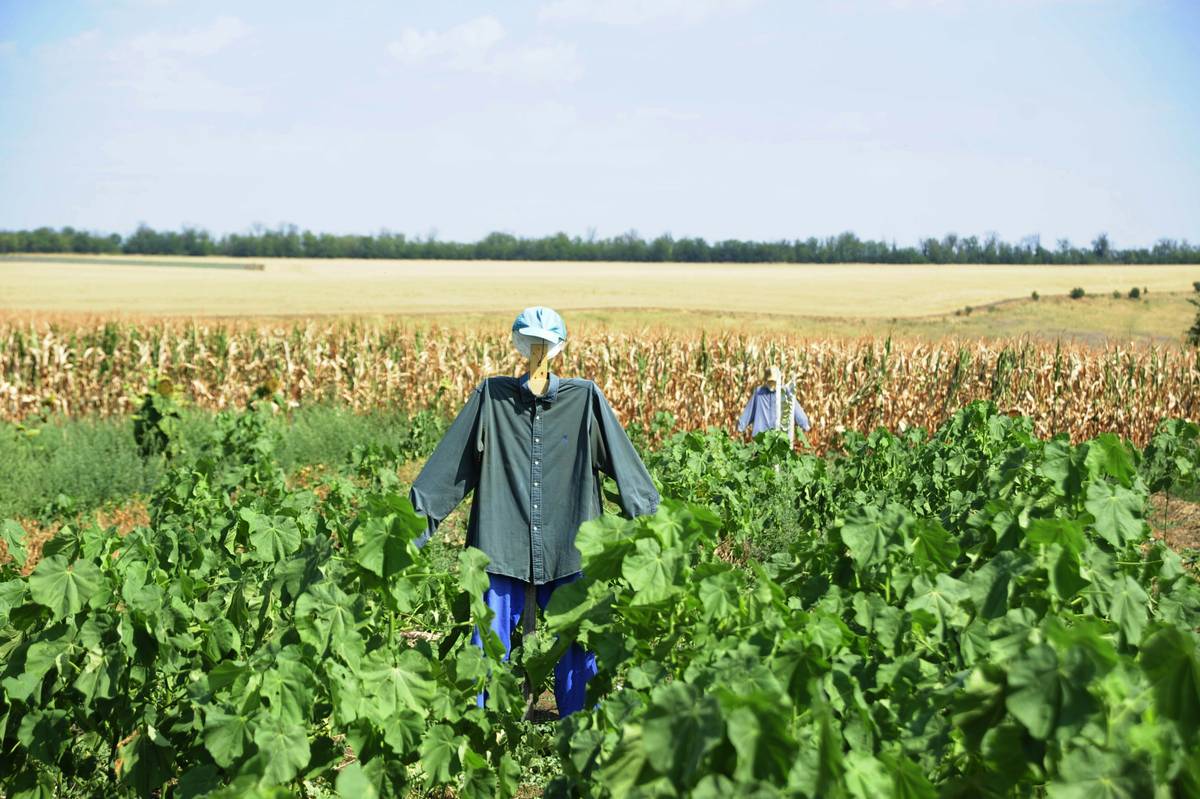Ever watched a perfectly healthy crop turn into a hail-beaten mess in minutes? If you’re a farmer or agricultural business owner, hailstorms are more than just a weather event—they’re a nightmare that can wipe out months of hard work and investment. Here’s the good news: A solid hail crop defense plan can save your crops and your bottom line. In this post, we’ll walk you through everything you need to know about protecting your harvest from hail damage. You’ll learn why hail insurance is non-negotiable, actionable steps to safeguard your fields, and tips straight from farmers who’ve been there.
Table of Contents
- Why a Hail Crop Defense Plan Matters
- Step-by-Step Guide to Building Your Plan
- Tips for Maximizing Your Hail Protection
- Real-Life Case Studies: Farmers Who Thrived After Storms
- FAQs About Hail Crop Defense Plans
Key Takeaways
- A hail crop defense plan combines physical protection, smart farming practices, and robust hail insurance coverage.
- Hail nets, windbreaks, and resilient crop varieties are effective ways to minimize damage.
- Farmers who fail to insure their crops risk losing not only their yield but also critical financial stability.
- Seasoned farmers recommend starting early—don’t wait until storm season hits.
Why Does a Hail Crop Defense Plan Matter?
Imagine spending thousands on seeds, fertilizers, and labor, only to have Mother Nature throw baseball-sized ice chunks at your field. It happens all too often. According to NOAA (National Oceanic and Atmospheric Administration), severe hailstorms cause over $10 billion in damages annually in the U.S. alone. That’s enough to make any grower wince.
I once knew a corn farmer named Joe—he lost his entire crop one summer because he thought skipping hail insurance would “save money.” Spoiler alert: It didn’t. By fall, he was drowning in debt, reminiscing about those perfect rows of green stalks while sipping instant coffee instead of celebrating a profitable harvest.

Image: Annual costs of hailstorm damage in agriculture (Source: NOAA).
How to Build Your Own Hail Crop Defense Plan: Step-by-Step
Step 1: Assess Your Risk
Optimist You: “Let’s tackle this!”
Grumpy You: “Ugh, fine—but grab a map first.”
Risk assessment starts with understanding local weather patterns. Use tools like NOAA’s Storm Prediction Center to review past hailstorms in your region. Knowing when and where storms strike most frequently helps you prioritize resources.
Step 2: Invest in Physical Barriers
Hail nets and windbreaks aren’t cheap, but they’re worth every penny. These barriers shield crops during storms, reducing direct impact. Bonus tip: Pair these with shade cloths to double down on protection.
Step 3: Diversify Crop Varieties
Some plants are naturally tougher against hail. Consider planting resilient crops like sorghum or certain hybrid wheat strains. They might not be as glamorous as heirloom tomatoes, but they’ll thank you later.
Step 4: Secure Hail Insurance
This step is non-negotiable. Talk to an agri-insurance broker to find policies tailored to your farm’s needs. Remember Joe? Yeah, don’t be Joe.
Tips for Maximizing Your Hail Protection
- Monitor Weather Alerts: Subscribe to apps like AccuWeather or the USDA’s AgRisk Viewer.
- Harvest Early When Possible: Timing your harvest before peak storm season reduces risk.
- Create Emergency Response Plans: Know exactly what to do when a storm warning pops up.
**Pro Tip:** Avoid being cheap here. Skipping proper coverage feels great until it backfires. Trust me; nothing screams regret louder than watching uninsured crops get pummeled.
Real-Life Success Stories: Hail Heroes We Can Learn From
Take Sarah, a soybean farmer from Iowa. Last year, she implemented her hail crop defense plan, including hail-resistant soybean strains and comprehensive insurance. When a late-season hailstorm hit, her losses were minimal compared to neighboring farms.
Another success story comes from Texas rancher Mark, who installed hail netting on his vineyard. While nearby fields suffered heavy grape damage, his vines remained intact, allowing him to capitalize on premium wine production.

Image: A farmer proudly surveys their protected crops post-hailstorm.
FAQs About Hail Crop Defense Plans
Q: How much does hail insurance cost?
A: Costs vary based on location, crop type, and coverage levels. Expect premiums ranging from $50-$200 per acre annually.
Q: Can I recover without insurance if my crops are destroyed?
A: Technically yes, but recovery will likely involve significant loans or reinvestment. Why risk it?
Q: Are hail-resistant crops foolproof?
A: Nope. They reduce vulnerability but won’t eliminate damage entirely. Combine them with other strategies for best results.
Conclusion
In conclusion, building a solid hail crop defense plan isn’t optional—it’s essential for survival in modern farming. From assessing risks to securing insurance, taking proactive steps ensures you stay ahead of unpredictable weather. And hey, even if planning feels tedious, think of it as caffeine for your future profits.
Like a Tamagotchi, your SEO strategy needs daily care—so bookmark this guide and revisit it whenever storm clouds loom!


